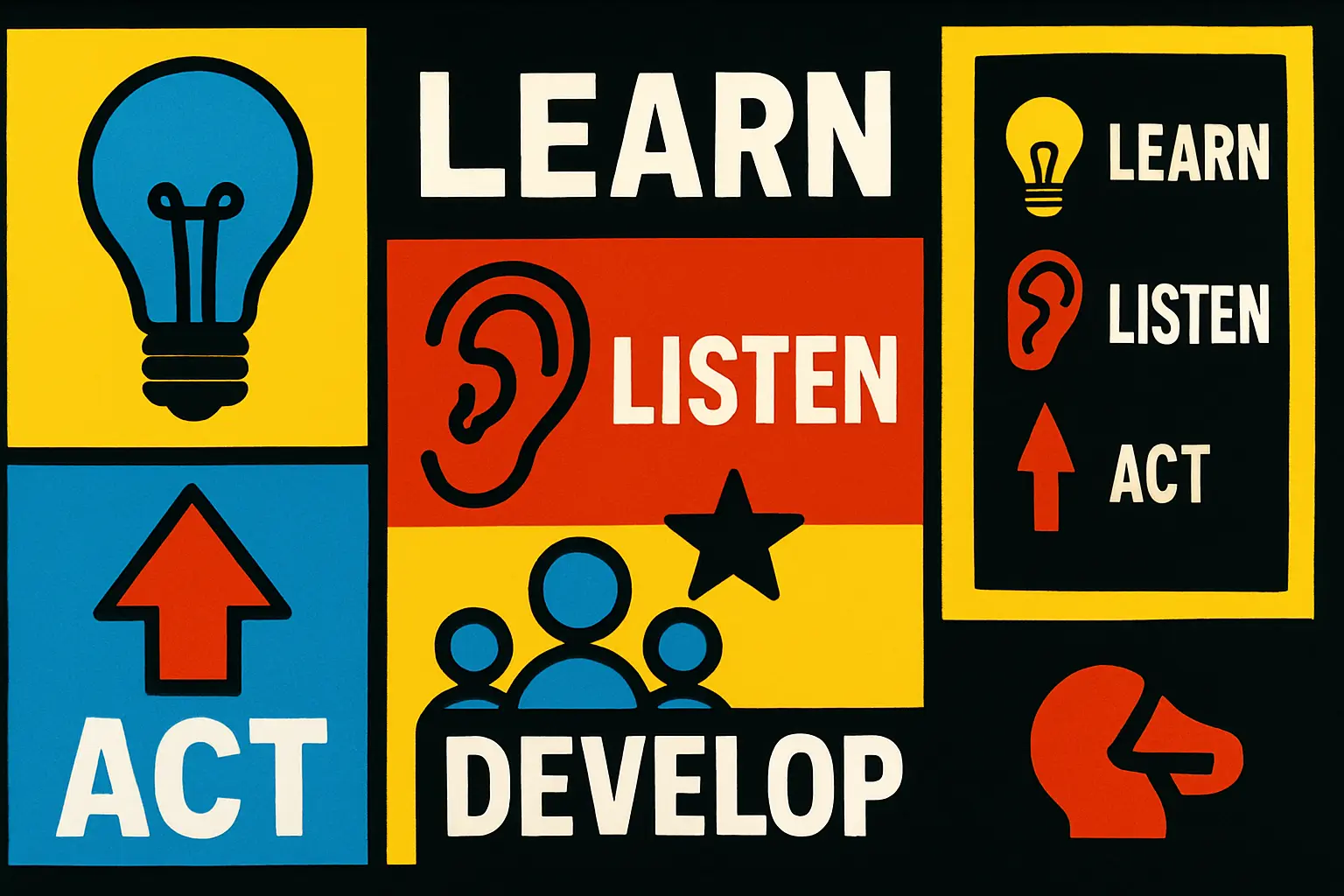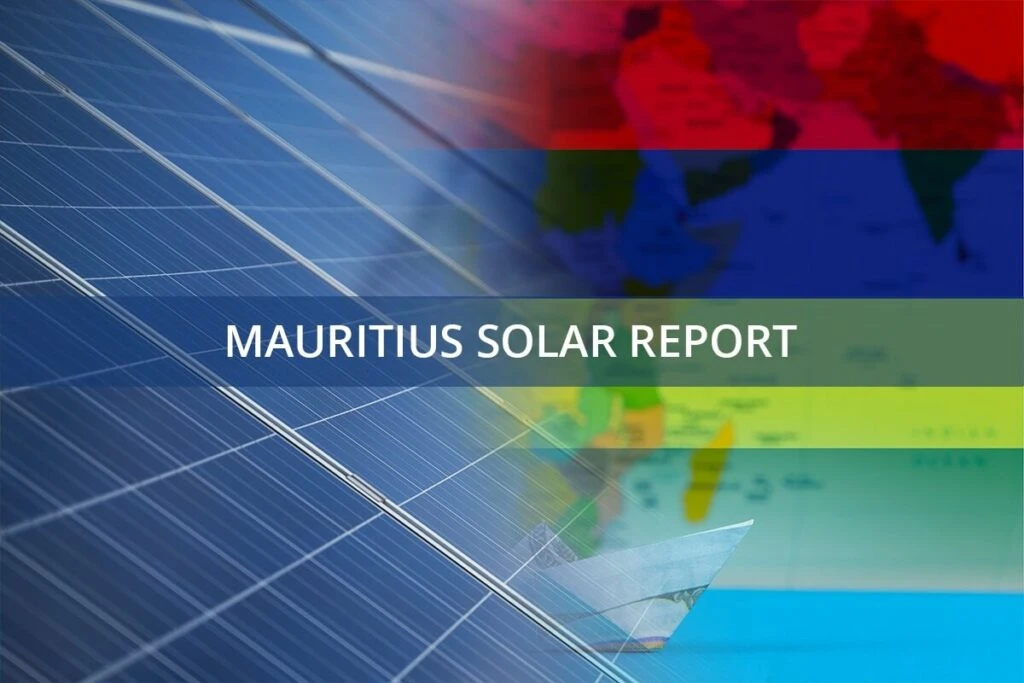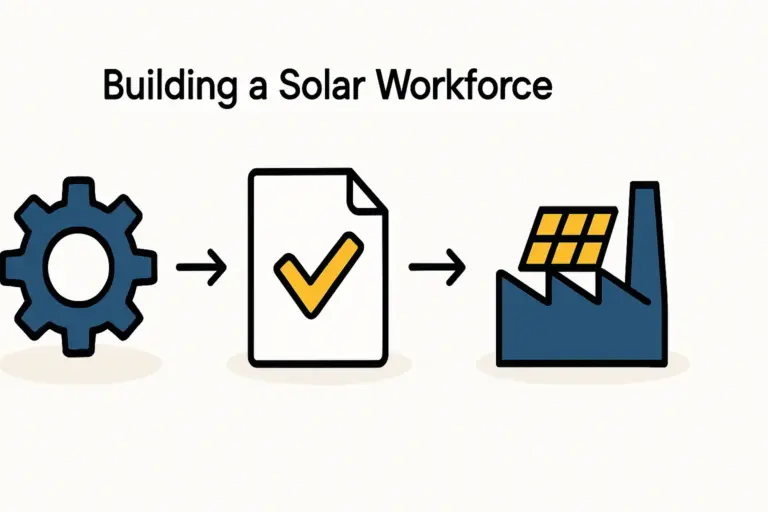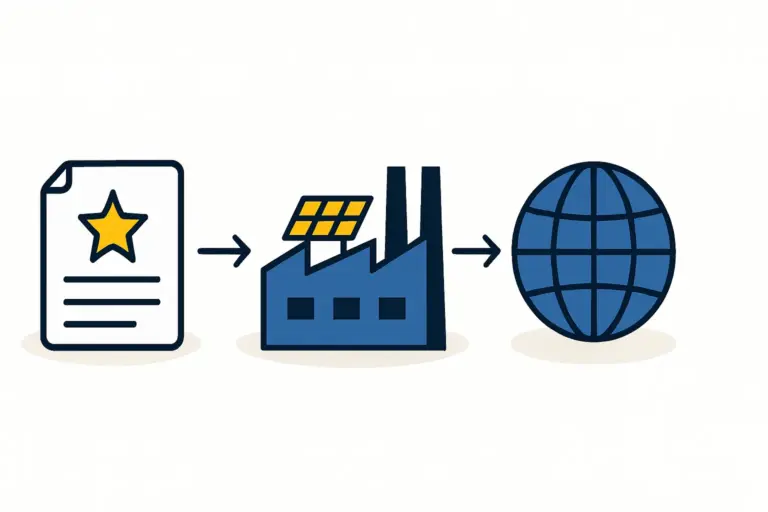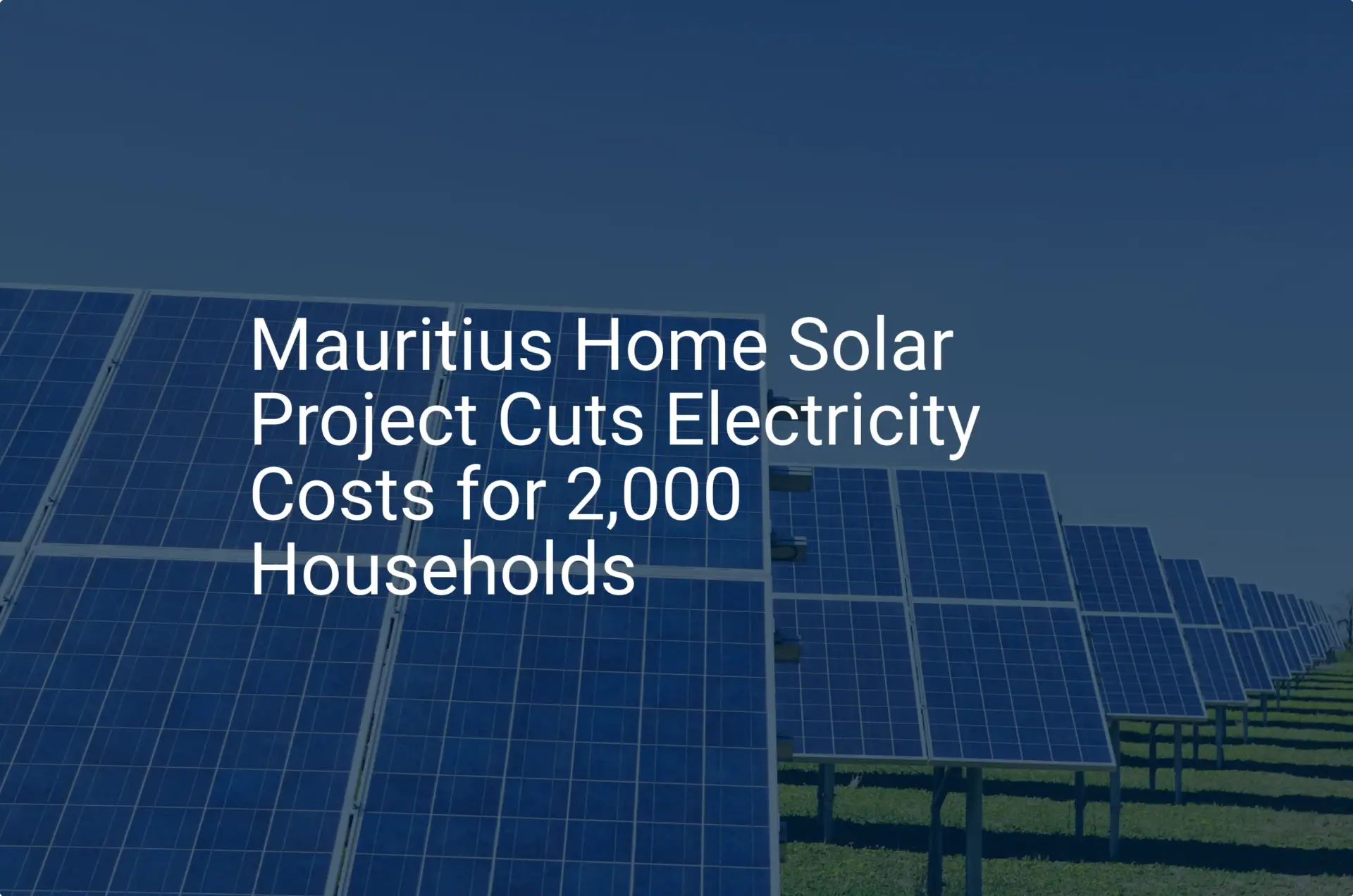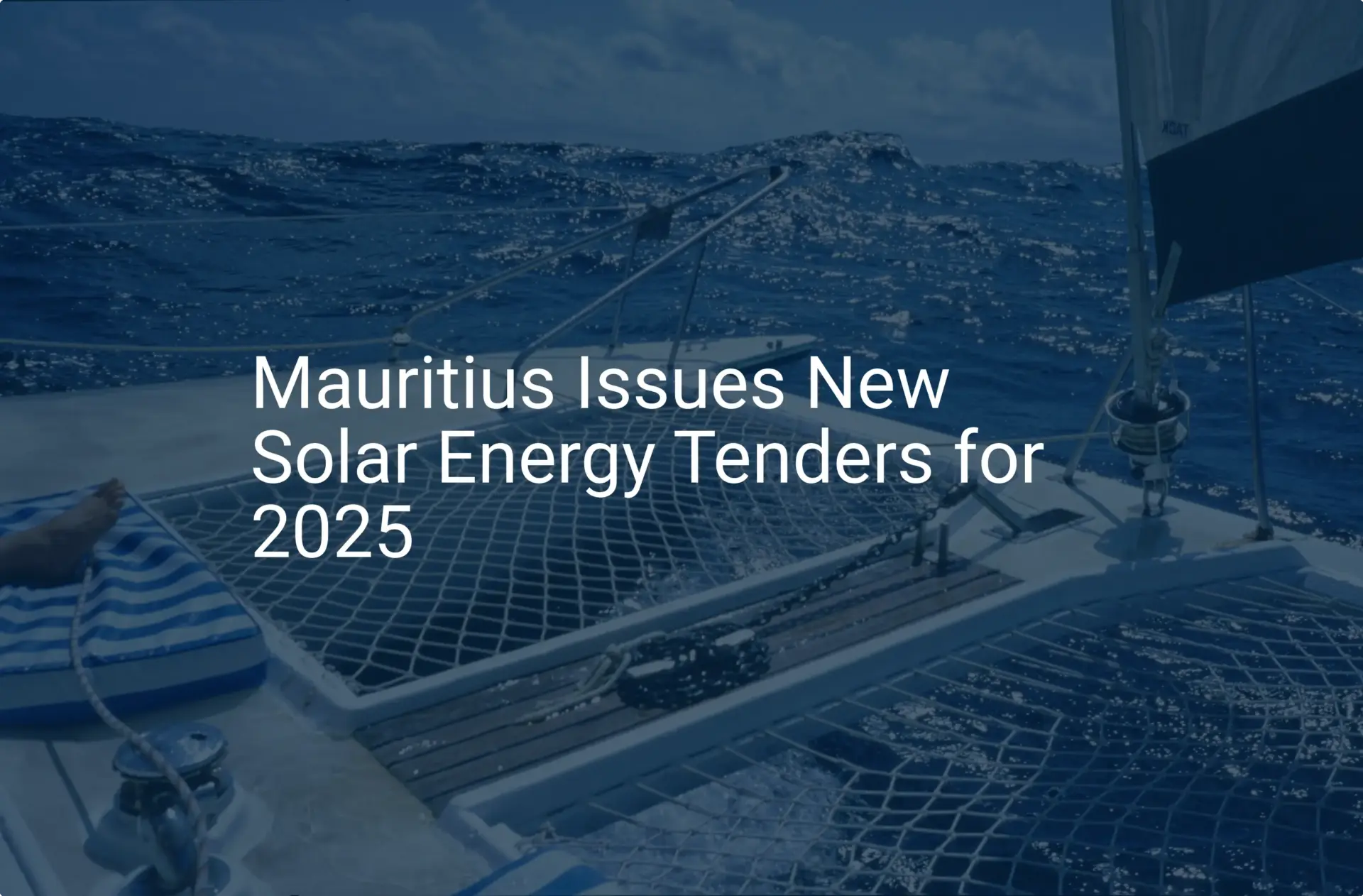For any entrepreneur, there comes a point when the business plan is solid, the financial models are validated, and the market opportunity is clear. Yet, between this vision and the groundbreaking ceremony lies a complex landscape of regulations, permits, and licenses.
For investors looking to establish a solar module factory in Mauritius, this phase can be particularly daunting, threatening to turn business momentum into administrative uncertainty. This guide offers a clear, structured roadmap to the permitting and licensing process in Mauritius. It is designed for business leaders who, while not regulatory experts, need a practical understanding to effectively plan their project timeline, allocate resources, and navigate the path to operational readiness with confidence.
Understanding the Regulatory Framework: Your Key Partners
Successfully navigating the Mauritian regulatory environment starts with understanding the roles of its key institutions. For a foreign investor, the process is streamlined through two principal bodies.
The Economic Development Board (EDB)
Think of the EDB as your central facilitator. As the country’s primary investment promotion agency, the EDB acts as a ‘one-stop shop’ for investors, providing guidance, assisting with applications, and coordinating with various ministries and local authorities. Most of your initial interactions and submissions will be managed through the EDB’s National Electronic Licensing System (NELS), a digital platform that simplifies and centralizes the application process.
The Ministry of Environment, Solid Waste Management and Climate Change
While the EDB facilitates, this Ministry holds the ultimate authority over your project’s environmental compliance. For any significant industrial undertaking, securing its approval is a critical, non-negotiable milestone. A solar panel factory, despite its green-energy output, is classified as an industrial development and is thus subject to rigorous environmental scrutiny.
Phase 1: Securing Your Foundation – Land and Building Permits
Before any construction can begin, you must secure the legal right to build on your chosen site.
The Building and Land Use Permit (BLP)
The BLP is the official authorization required to start construction. It is issued by the relevant local authority—either a Municipal or District Council, depending on the factory’s location.
The application process is typically initiated through the EDB’s NELS portal. The council reviews your architectural plans, structural designs, and site plans to ensure they comply with national building codes, zoning laws, and safety standards. This is why having a clear understanding of your factory building requirements is so crucial; your initial facility design must align with local regulations from the outset.
Phase 2: The Critical Path – The Environmental Impact Assessment (EIA) License
For a solar manufacturing facility, the EIA is the most significant and time-consuming regulatory hurdle. The Environment Protection Act 2002 requires industrial projects of this scale to prove they will not cause undue harm to the environment.
It’s a common misconception that because solar panels produce clean energy, their manufacturing is inherently ‘green’ and exempt from strict oversight. However, the process involves chemicals, water usage, and the generation of industrial waste like silicon dust and broken glass, all of which require careful management.
The EIA process is managed by the Ministry of Environment and follows a clear, legislated path:
Step 1: Application and Scoping
The process begins with an application to the Ministry. The next step, ‘scoping’, defines the precise terms of reference for the EIA study. This ensures the study focuses on the most significant potential impacts of your factory, such as water discharge, air quality, waste management, and socio-economic effects.
Step 2: Conducting the EIA Study and Report
You will need to hire a registered and accredited environmental consultant to conduct the study. This work involves collecting baseline data on the existing environment, predicting the potential impacts of the factory’s construction and operation, and—most importantly—proposing clear, actionable mitigation measures. This detailed analysis forms the EIA Report.
Step 3: Public Consultation
Once submitted, the EIA report becomes publicly available for a 30-day review period. This transparency allows local communities and stakeholders to provide feedback. A well-prepared report that proactively addresses community concerns can significantly smooth this stage.
Step 4: Technical Review and Decision
After the public consultation period, the Ministry’s technical committee reviews the report, public feedback, and your proposed mitigation strategies. Based on this comprehensive review, the Ministry will either grant the EIA License, often with specific conditions attached, or refuse the application.
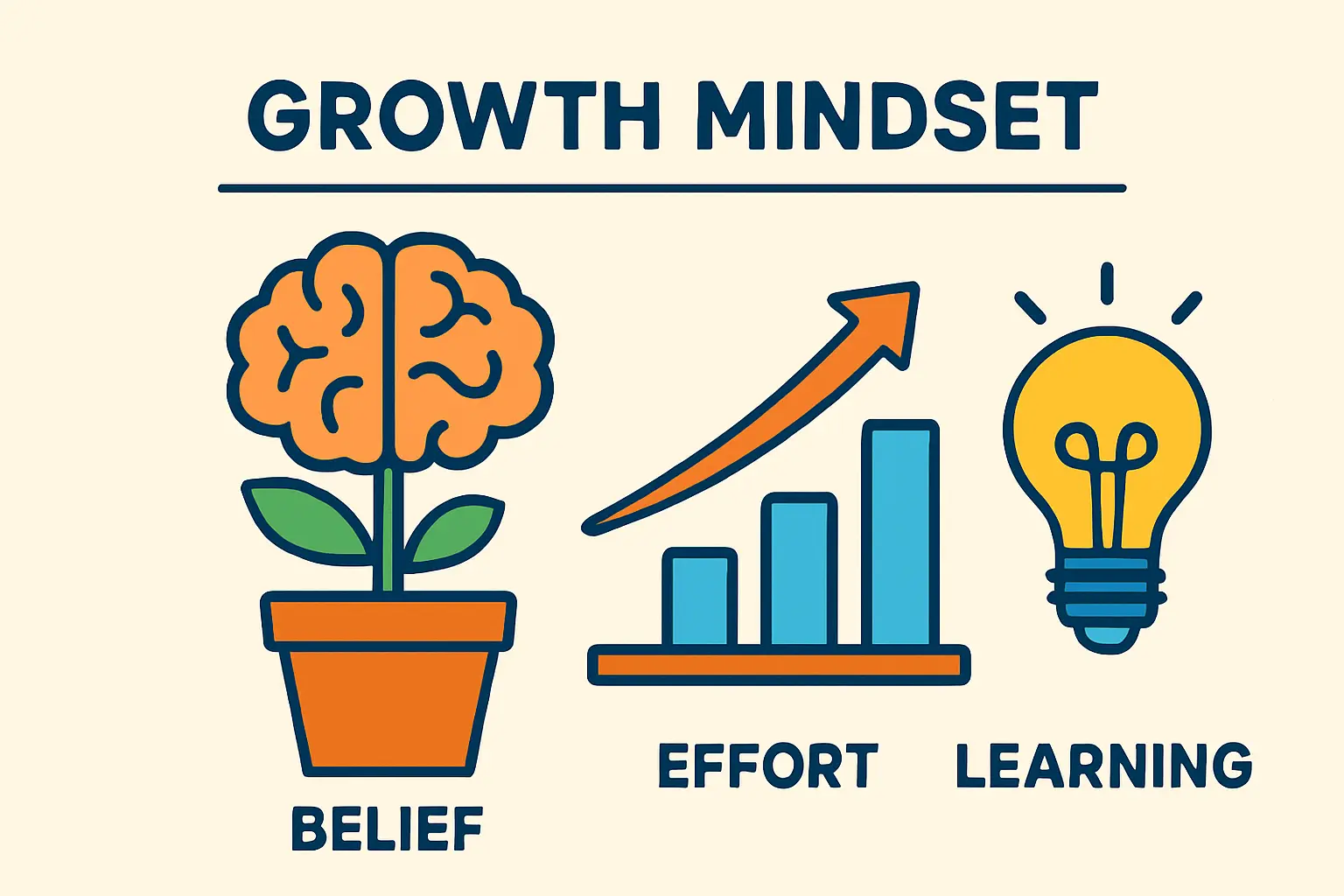
According to the Environment Protection Act, the formal review period for a submitted EIA report is 42 working days after the public consultation phase concludes. However, the entire process, from hiring a consultant to receiving a final decision, is a multi-month endeavor that must be factored into your project plan.
Phase 3: Operational Readiness – Business and Personnel Licensing
With land and environmental permissions secured, the final steps involve licensing the business entity itself and ensuring your key personnel can legally work in Mauritius.
Trade License
Once your factory is constructed and ready to begin operations, you must apply for a Trade License from the local authority. This license is the official permit for conducting commercial activities. The application requires proof that you have met all other legal requirements, including your EIA License and BLP.
Occupation Permit (OP)
For foreign investors, directors, and essential expatriate staff, the Occupation Permit is a combined work and residence permit, a process also facilitated by the EDB. As you plan your team, be sure to consider the specialized labor and training required for solar module production and identify any key roles that may require international expertise.
A Typical Timeline: From Application to Approval
While every project is unique, a general timeline helps in setting realistic expectations. The permitting phases often overlap.
- Months 1-2: Site selection, preliminary design, and engagement with the EDB.
- Months 2-4: Preparation and submission of the BLP application.
- Months 3-9: The EIA Process. This is the longest phase, involving consultant selection, study, report writing, public consultation, and ministry review.
- Months 10-12: Assuming EIA and BLP approvals, applications for the Trade License and Occupation Permits can be finalized.
Based on experience from J.v.G. Technology GmbH turnkey projects globally, investors should prudently budget between 9 and 15 months for the full permitting and licensing cycle, with the EIA process primarily determining the timeline.
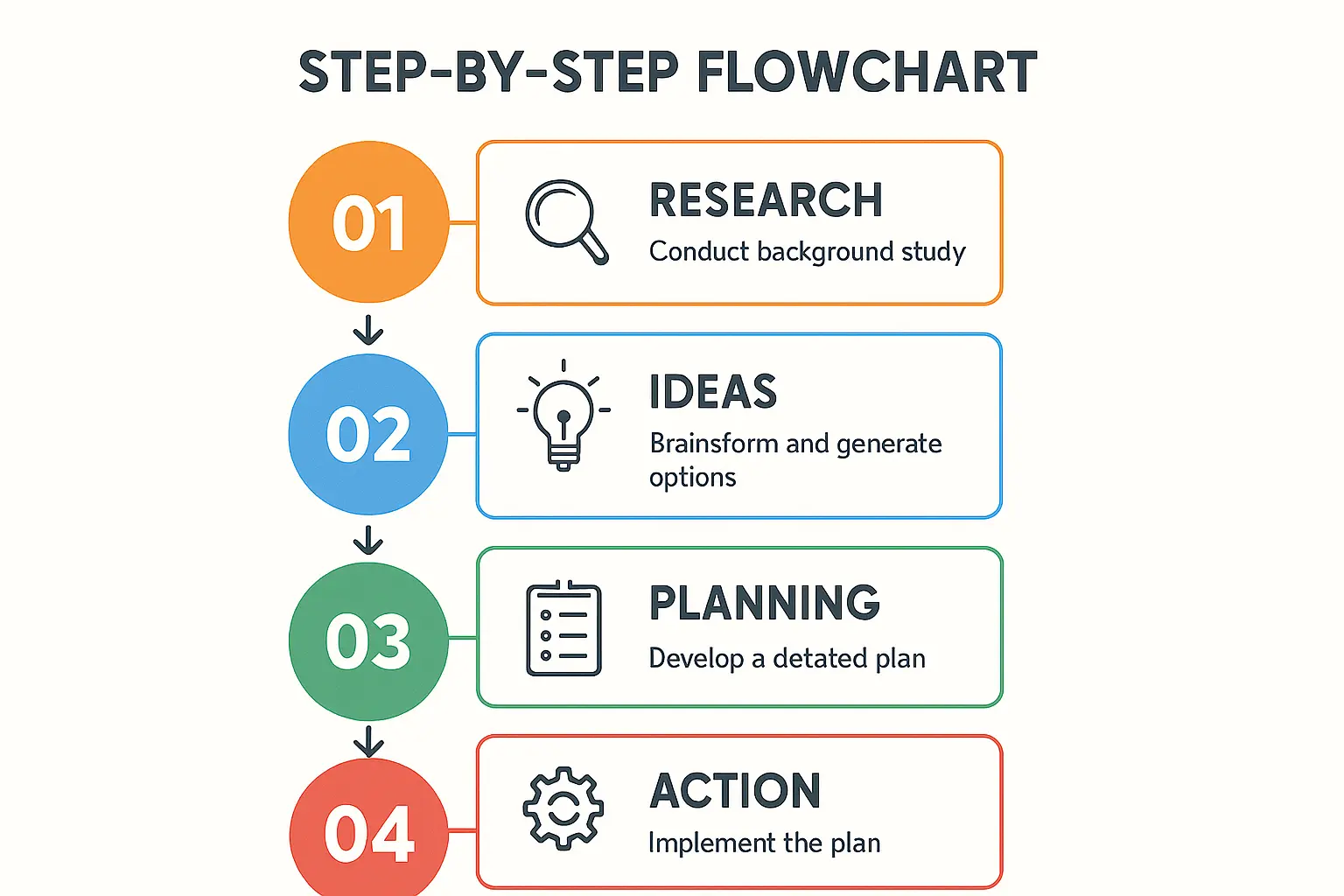
Common Pitfalls and How to Avoid Them
-
Underestimating the EIA: Do not assume ‘solar is green’ guarantees an easy approval. Treat the EIA as a rigorous industrial compliance process and invest in qualified consultants.
-
Incomplete Documentation: The NELS portal streamlines submissions, but it demands complete and accurate information. Inaccuracies can lead to significant delays.
-
Ignoring Local Context: Mauritius is an island nation with a unique ecosystem and a strong focus on sustainable development. Your EIA and business plan should reflect this context and demonstrate your commitment to being a responsible corporate citizen. Public consultation is not merely a formality; it is an opportunity to build trust.
Frequently Asked Questions (FAQ)
Do I need a local partner in Mauritius to start a factory?
While not legally mandatory for many structures, having a local partner or experienced local consultants is highly advisable. They can be invaluable for navigating administrative nuances and understanding the local business culture. The EDB can often help connect investors with local resources.
What is the main role of the Economic Development Board (EDB)?
The EDB is your primary facilitator and guide. It acts as a single point of contact to coordinate with different government agencies, simplifying the process for foreign investors and helping to resolve bottlenecks.
Is the EIA license for a solar factory guaranteed to be approved?
Approval is never guaranteed. It depends on submitting a thorough, scientifically sound EIA report that identifies all potential negative impacts and proposes credible, effective mitigation measures. A weak or incomplete report is likely to be rejected or returned with requests for extensive revisions.
Can I start building my factory while the EIA is under review?
No. For a project of this nature, the EIA license is a prerequisite for obtaining the final Building and Land Use Permit. Construction cannot legally commence until the EIA license has been granted.
Conclusion: Your Next Steps in Planning
The regulatory path to establishing a solar manufacturing facility in Mauritius is structured, transparent, and manageable with diligent preparation. The key is to recognize the process not as a bureaucratic obstacle, but as an integral part of your project plan. By engaging with the EDB early, investing in expert environmental consultation, and building a timeline that respects the legislated review periods, you can navigate this landscape effectively.
A solid first step in this journey is to develop a comprehensive solar factory business plan. This foundational document will not only guide your investment decisions but will also provide the essential information required for many of your permit and license applications.
